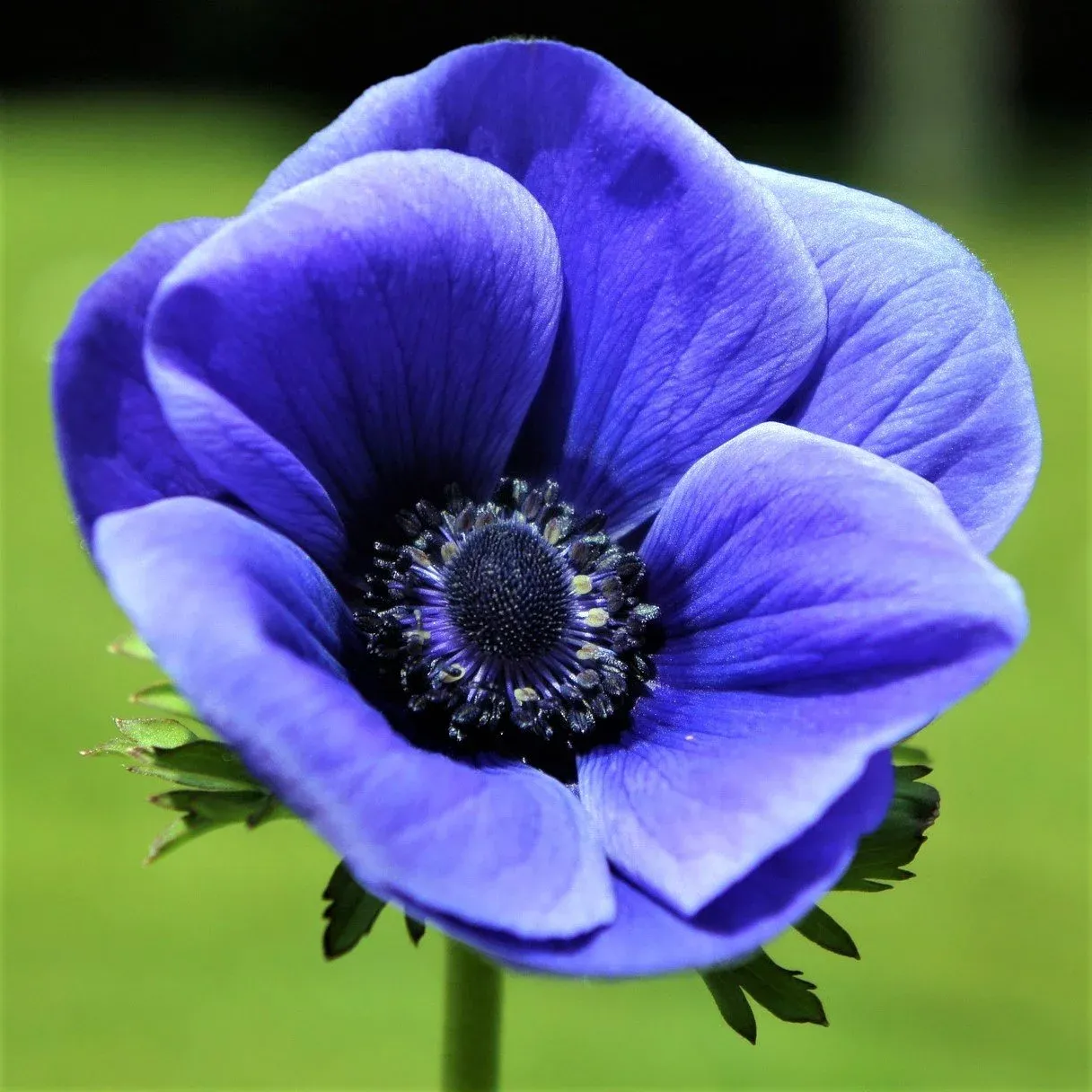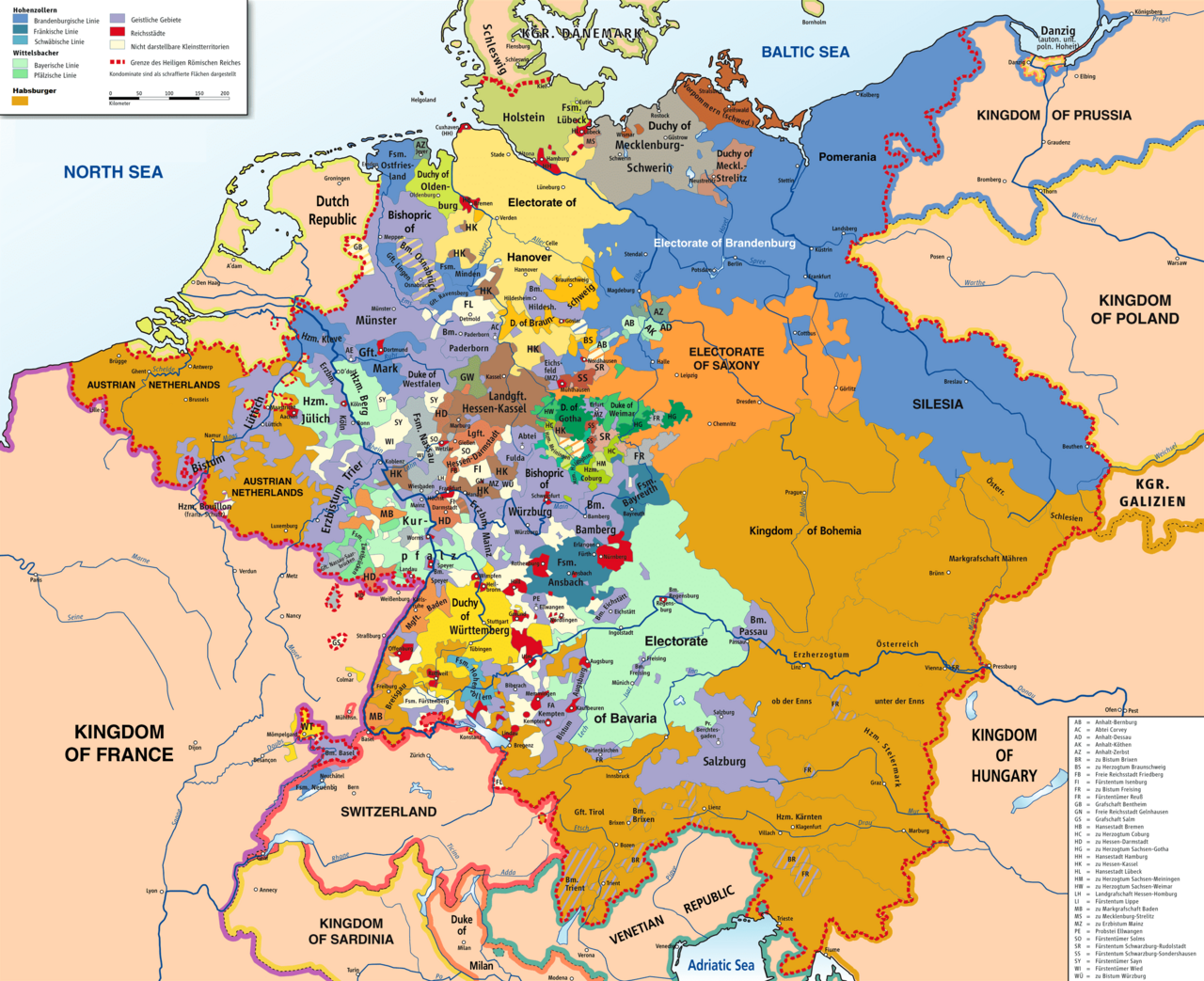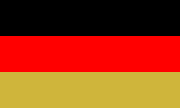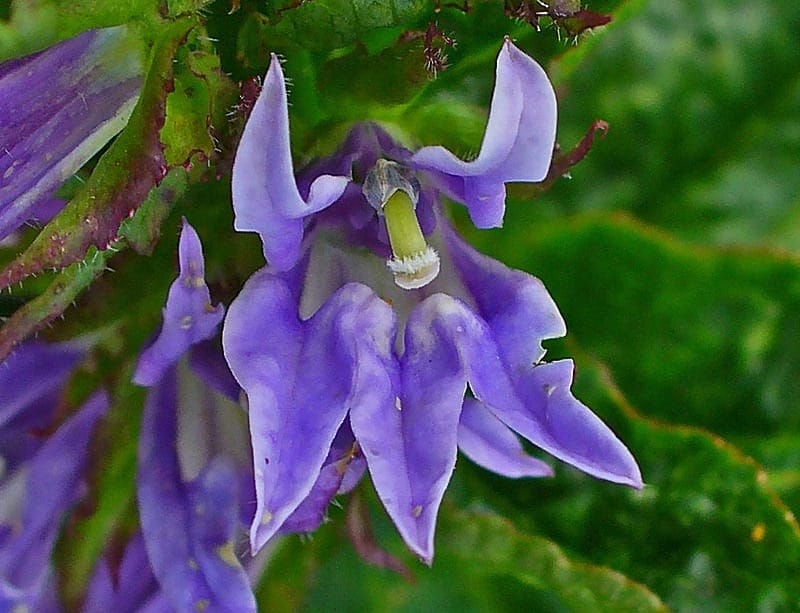The Blue Flower of German Romanticism

Beethoven was influenced by - and played a major role in - German Romanticism, which is generally placed between 1770 and 1830. Its most representative literary symbol was Novalis' mysterious Blue Flower (Blaue Blume) that symbolized striving for the infinite and the unreachable, for ecstasy, for freedom. Your guess is as good as mine as to what this blue flower looked like.
Novalis created the symbol in his medieval romance Heinrich von Ofterdingen which, appropriately, was unfinished when it was published in 1802. Its young hero says “I care not for wealth and riches; but that blue flower I do long to see; it haunts me and I can think and dream of nothing else.” This made it ripe for satire, of course, but it cast a major shadow over 19th century German art, music and literature.
While it echoes the red rose of medieval Christianity, for German Romantics the blue flower usually took the form of a longing for what was far away, like magical medieval castles in the forest, Oriental temples on lonely islands and mysterious Lorelei-like maidens, while at the same time expressing a longing for home and homeland, in an age when “Germany” was a patchwork quilt of 39 states known as the Holy Roman Empire and intellectuals were frequently exiled. This is what it looked like on the eve of the French Revolution in 1789.

If German Romanticism was pessimistic and escapist, it also was aspirational and violent revolt was on the way. Students and intellectuals first mobilized in 1817 at Wartburg and their numbers grew by 1832 at the Hambacher Fest, by which time Black Red and Gold had become the favored German revolutionary colors. It would lead to the ultimately unsuccessful upheavals of 1848, but they did produce a national flag.

While neither Beethoven nor Novalis appears to have died from syphilis, there is a rhyming here between the blue flower of German Romanticism and the purple flower of syphilis, so named because of the flower cluster-like design of the syphilis skin lesions. The disease would carry away Schubert, Schumann and Nietzsche, as well as Donizetti, Lola Montez, Van Gogh, Toulouse-Lautrec, Manet, de Maupassant and many others less famous.

Someone in England didn't let the blue flower go to waste: Agatha Christie. Her short story The Blue Geranium makes the plot turn on a line by a fortune teller: "Beware of the Full Moon. The Blue Primrose means warning; the Blue Hollyhock means danger; the Blue Geranium means death." Fortunately, Miss Marple is around to solve the murder that follows. The story appears in the collection The Thirteen Problems (1932). (More Agatha Christie here)
Also see:
